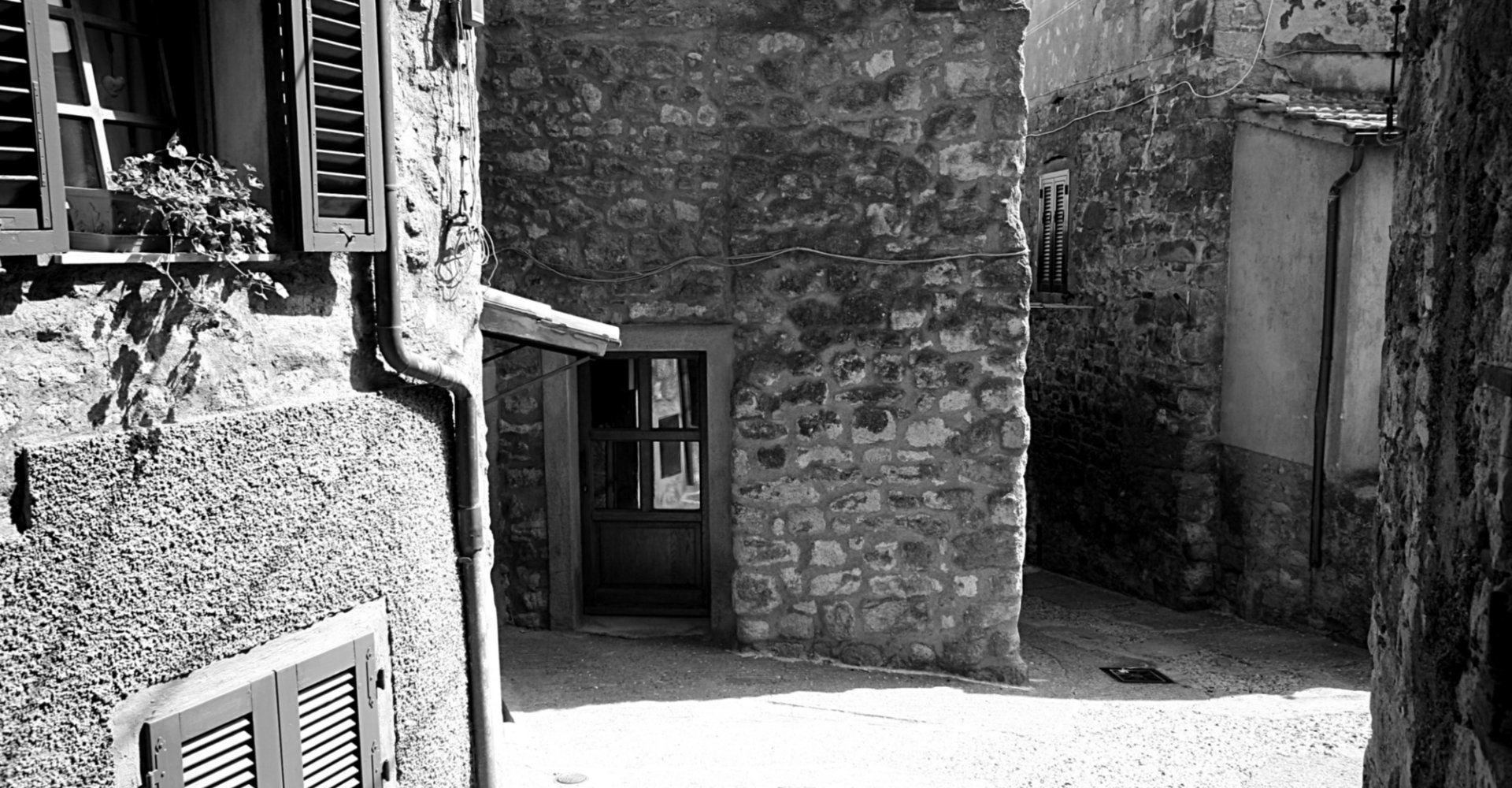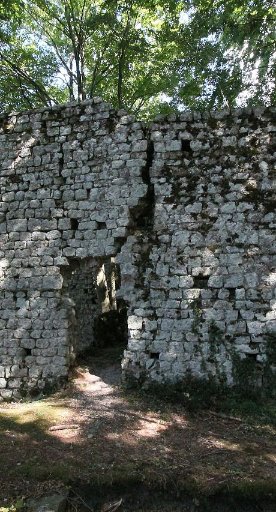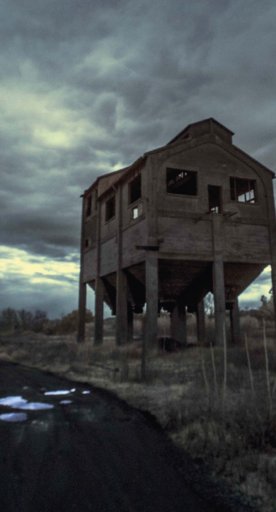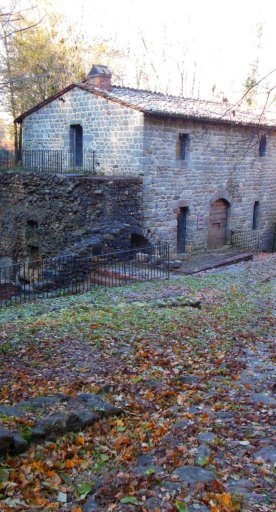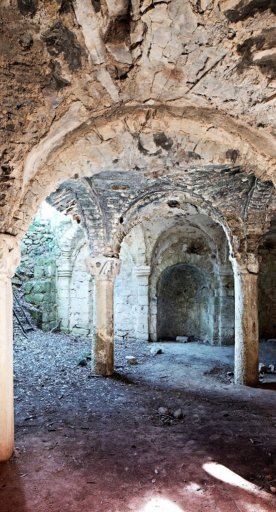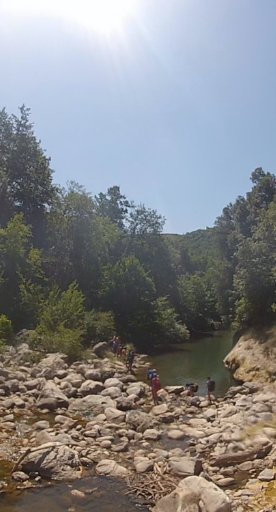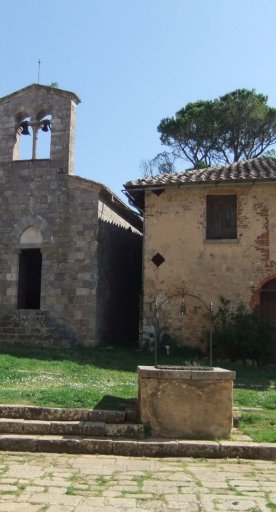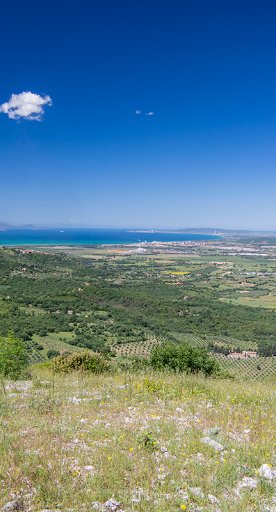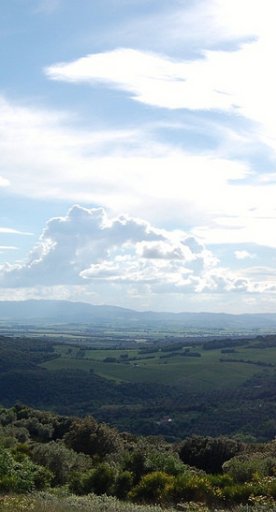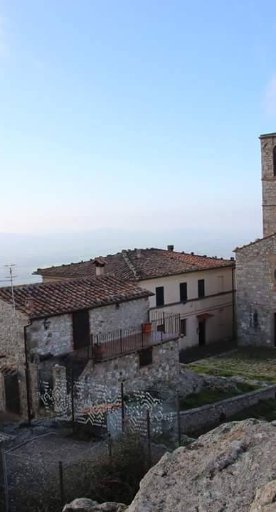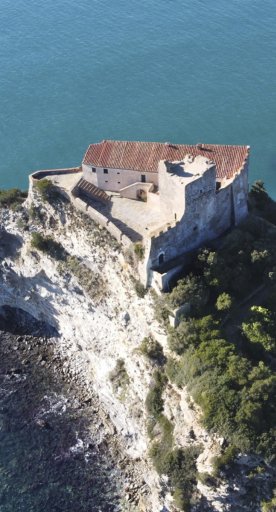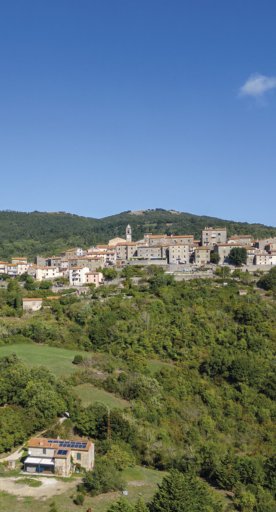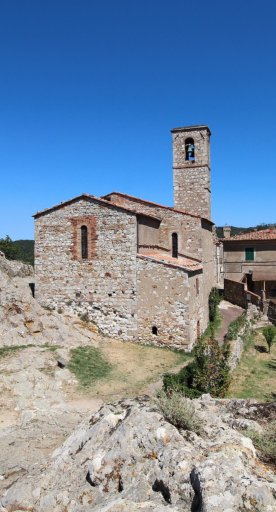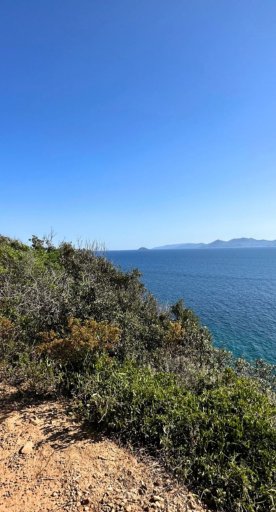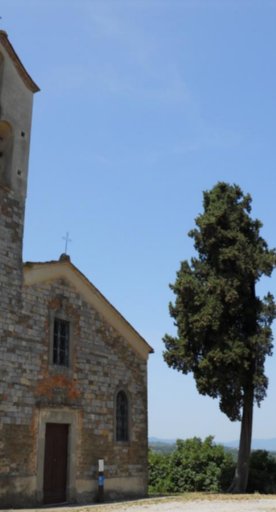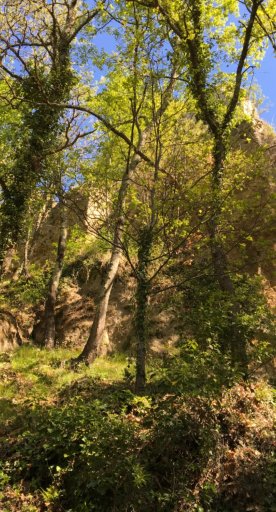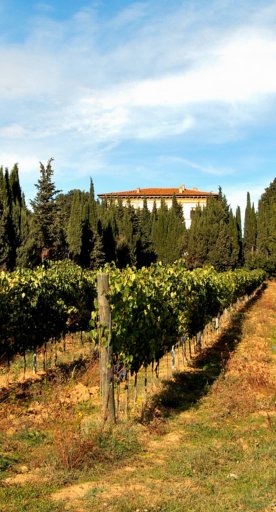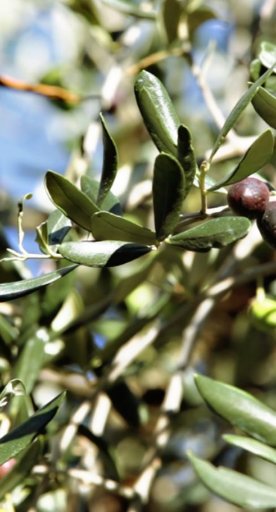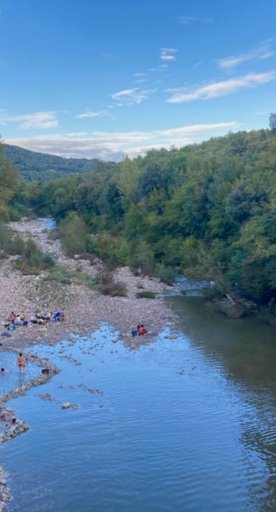Roccastrada
A little medieval town in the park of the Colline Metallifere Grossetane
The picturesque Roccastrada stands on a plug of igneous rock and makes the most of its enviable position, with a sweeping panorama over the surrounding plain, and a view of Monte Amiata in the distance.
Built on this magmatic hill for defensive reasons, Roccastrada stands 475 metres above sea level in the park of the Colline Metallifere Grossetane, in northern Maremma. In the medieval period it was an important centre for silver and copper mining, and it grew and developed under the rule of the Aldobrandeschi family until the fourteenth century. Thereafter it came under Sienese rule, before falling into Medici hands in 1555.
What to see in Roccastrada
Around the historic centre, which preserves the thirteenth-century church of San Niccolò, new dwellings have sprung up over the years, including an entirely new centre. Here we find the town hall and the civic library, the Teatro dei Concordi, and the large Chiusone park.
The town's one gate has not changed in essence since its medieval manufacture, though it has been somewhat obscured by heavy restoration work. The Porta del Madonnino, as it is called, sits in the south-western part of the walls, between Vicolo Basso and the Piazzetta dell'Incrociata.
Around the historic centre, which preserves the thirteenth-century church of San Niccolò, new dwellings have sprung up over the years, including an entirely new centre. Here we find the town hall and the civic library, the Teatro dei Concordi, and the large Chiusone park.
The town's one gate has not changed in essence since its medieval manufacture, though it has been somewhat obscured by heavy restoration work. The Porta del Madonnino, as it is called, sits in the south-western part of the walls, between Vicolo Basso and the Piazzetta dell'Incrociata.
Nearby
Roccastrada is part of the Colline Metallifere Grossetane park, and therefore contains so many of this extraordinary area's distinguishing features. There is an abundance of medieval villages and towers, for example, with Montemassi and Roccatederighi being two standouts. The former, which grew up around an Aldobrandeschi citadel, is a maze of narrow alleyways hewn into a rock that overlooks the Maremman plain; Roccatederighi, meanwhile, is beautifully camouflaged among the trachyte cliffs that lend it its profile, unique in its surrounding landscape.
You can visit the ruins of the Giugnano Monastery, in the valley of the river Bai. It lies halfway between Roccastrada and Montemassi, atop a protrusion of trachyte.
The Roccastrada area is full of paths and hiking routes to discover by foot, horse or mountain bike. The 120-km Roccastrada Trekking route and a section of the Grosseto's Via Equestre are there to help you enjoy the local environment to the full, right up to your arrival at the Farma and La Pietra nature reserves.
In Roccastrada's more wooded surroundings - those covered with oak, Turkey oak and chestnut trees - you can explore the Roccastrada springs.
Roccastrada is part of the Colline Metallifere Grossetane park, and therefore contains so many of this extraordinary area's distinguishing features. There is an abundance of medieval villages and towers, for example, with Montemassi and Roccatederighi being two standouts. The former, which grew up around an Aldobrandeschi citadel, is a maze of narrow alleyways hewn into a rock that overlooks the Maremman plain; Roccatederighi, meanwhile, is beautifully camouflaged among the trachyte cliffs that lend it its profile, unique in its surrounding landscape.
You can visit the ruins of the Giugnano Monastery, in the valley of the river Bai. It lies halfway between Roccastrada and Montemassi, atop a protrusion of trachyte.
The Roccastrada area is full of paths and hiking routes to discover by foot, horse or mountain bike. The 120-km Roccastrada Trekking route and a section of the Grosseto's Via Equestre are there to help you enjoy the local environment to the full, right up to your arrival at the Farma and La Pietra nature reserves.
In Roccastrada's more wooded surroundings - those covered with oak, Turkey oak and chestnut trees - you can explore the Roccastrada springs.
Local Produce
The traditional cuisine of the Maremma revolves around dishes like tortelli maremmani, acquacotta, pappardelle pasta in hare ragù, wild boar with olives and steamed snails.
But don't forget that the Monteregio wine trail bisects the town too. In short, it is the ideal destination for wine and food lovers, whom it welcomes with its folk festivals and stunning backdrop.
The traditional cuisine of the Maremma revolves around dishes like tortelli maremmani, acquacotta, pappardelle pasta in hare ragù, wild boar with olives and steamed snails.
But don't forget that the Monteregio wine trail bisects the town too. In short, it is the ideal destination for wine and food lovers, whom it welcomes with its folk festivals and stunning backdrop.
